
Guide
Getting started made easy: How to crochet your own little dog
by Stefanie Lechthaler

I’ve always doubted the claim that my attention span is shrinking. Similarly, I’m sceptical that do-it-yourself culture is under threat because we prefer the convenience that comes with simply pressing a button. But if there really is any truth to these theories, it’s high time we did something about it.
I reinforce my viewpoint by regularly teaching myself new things. Things guaranteed to stop me from looking at a screen while I’m doing them. Last year, I dedicated myself to slow coffee and tried out a traditional filter brewing method with the Hario V60. To great success. I still enjoy conscious brewing and a clear, more aromatic coffee to this day. This year I learned about tufting, a process for making carpets.
The idea of devoting myself to carpet knotting and creating my own design had something hopeful about it. Nevertheless, I was pretty intimidated. Even just a few minutes into the tufting course, my head was spinning. I feared my hair getting tangled in the electric tufting machine. Or hurting myself on the sharp nails of the frame. And although both scenarios came true, I carried on. Looking back, I only wish I’d known the following rules for tufting in advance. If you keep them in mind, you’ll end up with much more than just a beautiful rug.
At first I toyed with the idea of buying tufting equipment and teaching myself how to do it. But my commitment isn’t worth jack if no one nudges me at home. The tufting tools would probably have suffered the same fate as my acrylic paints, which have been languishing in a tin since the pandemic. That’s why I decided to take part in a course at the Zurich Tufting Club, led by Talaya Schmid. The freelance artist and art lecturer has been tufting soft sculptures for years and, together with her assistant Jana, guides visitors through the art of tufting with an electric weaving machine for four hours at a time. By the way, this doesn’t mean you won’t be needing any elbow grease. The course takes place in a shared studio in an industrial building in Zurich Hard. A course group consists of eight to ten people, all age groups are welcome from the age of 14.
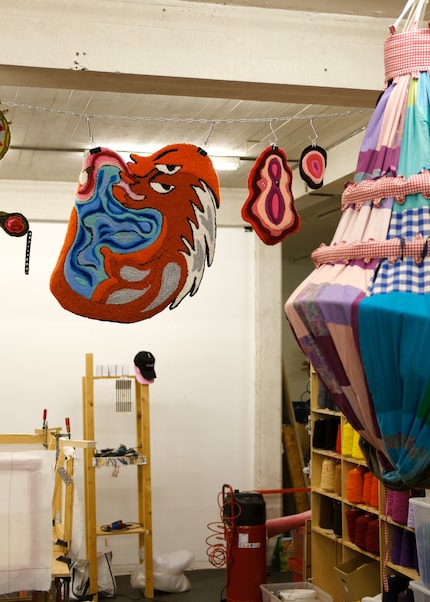
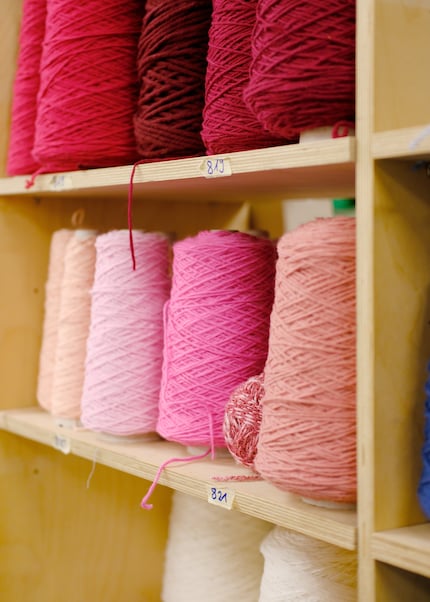
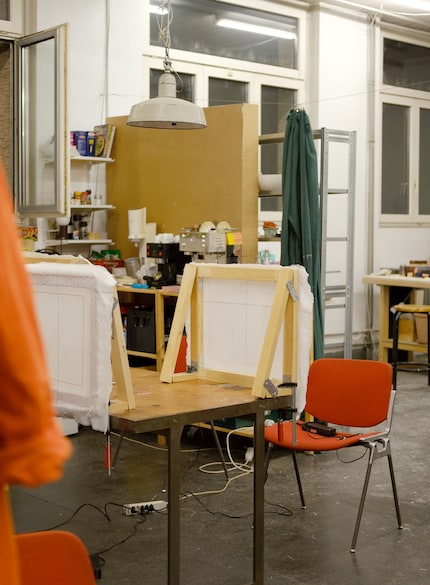
What I only really realised later – the course offers much more than just tufting. You aren’t only guided one-to-one and educated about techniques and wool, but also get inspired. From the samples and books lying around, conversations with other participants and the numerous colours of the wool. But what I appreciated most was the studio atmosphere – far away from everyday life. It was perfect for blocking out everything else. For this reason alone, it’s worth attending design courses of all kinds.
You can simply take part in a tufting course and decide on the spot what you want to do. However, I recommend you start the creative process at home and enjoy it. After all, anticipation can be the best feeling. I did the course three times and made a total of two rugs. The first time, I didn’t allow enough time for sketching at home before attending the course and would’ve liked to spend more time endlessly scrolling through Pinterest and making sketches to collect ideas for a tapestry. It also keeps your head clear during the course if you arrive with a vision already written down on paper. This allows you to concentrate fully on tufting. Trust me: time pressure is the last thing you should feel.
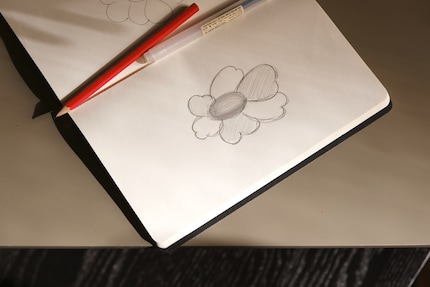
When doing a deep dive through books, magazines and online, always have this in mind. Behind the beautiful examples, there are usually many hours of work and technical skills that you’ll only acquire over time. I was tempted by high-end designs for my first tapestry design. As a result, I set my standards too high and was quite disappointed with my first lines, spidery instead of smooth. Prepare several sketches just in case. This way, you can later decide which one is best to implement with professional input.
You should go to the course with drawings, but still keep an open mind. The vision for your artwork will change once again in an exchange with professionals. Initially, I thought my flower should be nice and even. At the Tufting Club, I found out how many different variables I can play with. With the rug face itself, but also with the density. That’s why I tried out two different tufting machines and was delighted with the result.
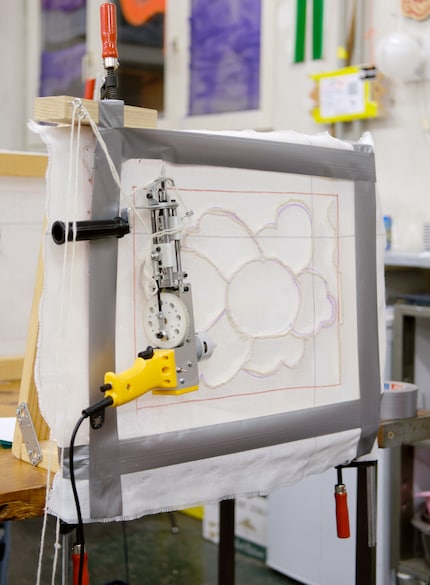
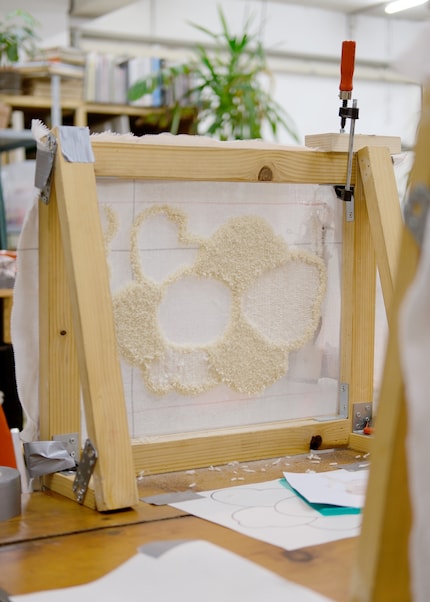
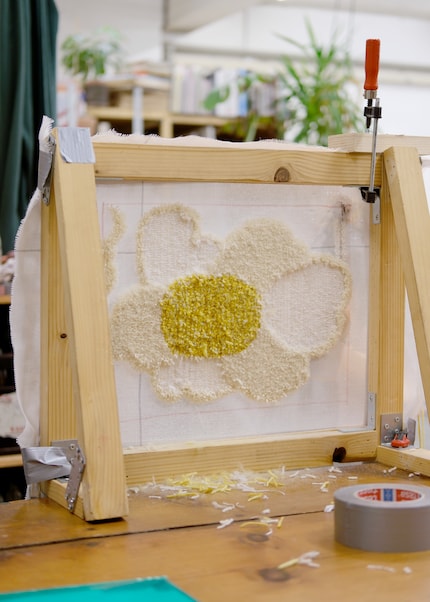
In my mind, tufting was a process that could be compared to knitting. But things move a little faster here. As soon as you press the trigger of a tufting gun, the machine takes off like a pimped car from 2 Fast 2 Furious. So stay on task, plan for breaks and remember that rhythm is just as much a part of the process as tufting itself. Otherwise your hair may get caught in the machine. Or you could hit the nails which attach the canvas to the frame. Both happened to me several times when I hadn’t yet found my rhythm.
I didn’t really enjoy my first course. I was stressed, had the wrong ideas, didn’t want to do anything wrong and focused too much on the end result. So I immediately booked a second course. Thankfully, everything was different that time. I knew the studio, had realistic expectations and had already developed a certain basic understanding of tufting. This allowed me to relax. That’s why I recommend you go a second, third and fourth time. The fear of the unknown is gone, and you can fully enjoy the moment.
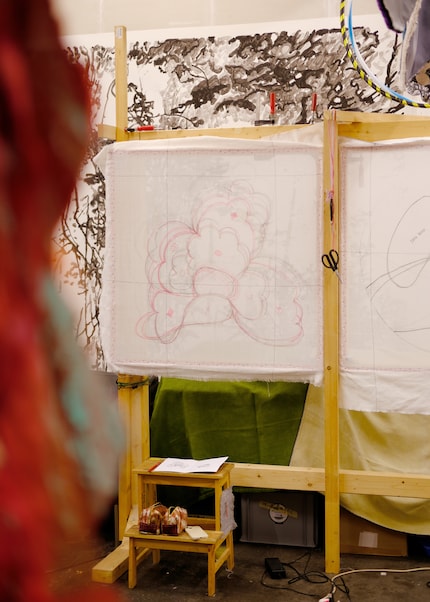
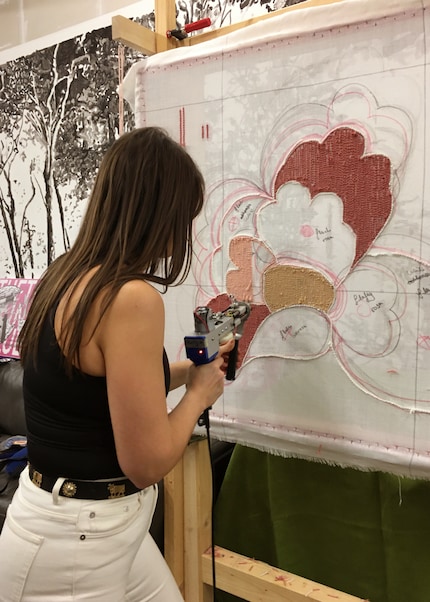
I was also looking forward to a creative workout in the evening after a day at the office, most of which I spend sitting down. After all, tufting is also physically demanding. You have to push against the canvas with the electric loom and use your whole body weight to create tension and ensure proper tufting.
Tufting doesn’t just teach you how to make a rug. You’ll also learn a lot about the production of other rugs and materials. I now look at home textiles very differently. Whenever I see a rug now, I wonder how many hours of manual labour (in my case, including blood and sweat) must have gone into it. I’m no longer scared off by four- or five-figure rug prices. Instead, I just nod in agreement like a connoisseur, imagining how long I’d have to tuft for such a model and how much it’d cost at my hourly rate. My handmade flower designs would be worth a fortune. 😉
After the rug has been tufted, glue is added to the back so you can remove it from the frame and cut it to size. Then you have two options. You can leave it as it is or trim and get the most out of your design this way. I can only advise the latter. Because although I was sceptical initially, I was able to correct mistakes here and there and work out shapes better by snipping a bit. The best feature – unlike tufting itself, this process is as quick as you want it to be. I took my time with my second floral tapestry, listening to a podcast or music and enjoying the time to unwind. When there was nothing left to chop, I was almost sad. Which brings me to the last and most important point of this tufting experience.
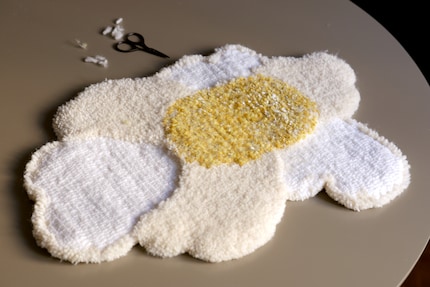
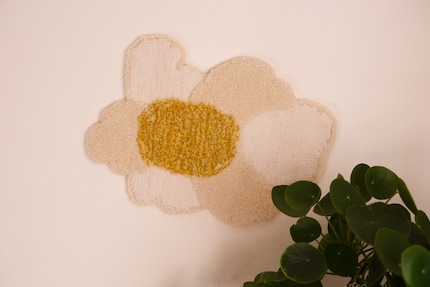
Even back in 2003, Kylie Minogue encouraged people to take it easy and skip a beat in Slow. Once again, after my tufting experience, I understand what she meant. Pressing fewer buttons and changing behavioural patterns shaped by an efficiency-driven society and trying something new works wonders. Provided you’re prepared to open yourself up to new ideas, overcome your initial uncertainties and learn from others.
My actual goal was to learn something new and reduce my screen time. I didn’t use my mobile phone, although I briefly lost myself trying to achieve the best possible result. But in the end, I learned that it was actually the journey there that made me happiest.
So next time it’s «Skip a beat and move with my body, yeah, slow» – and just enjoy the process.
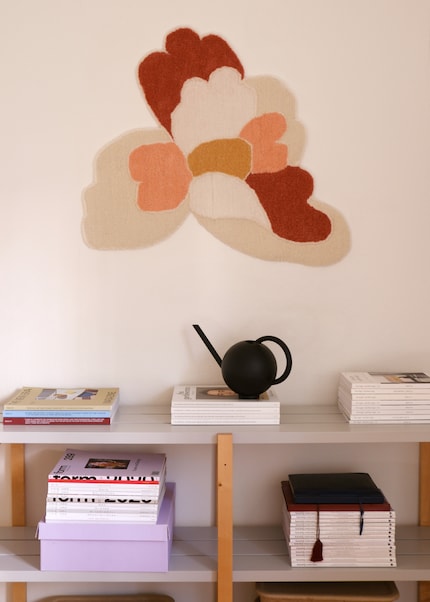
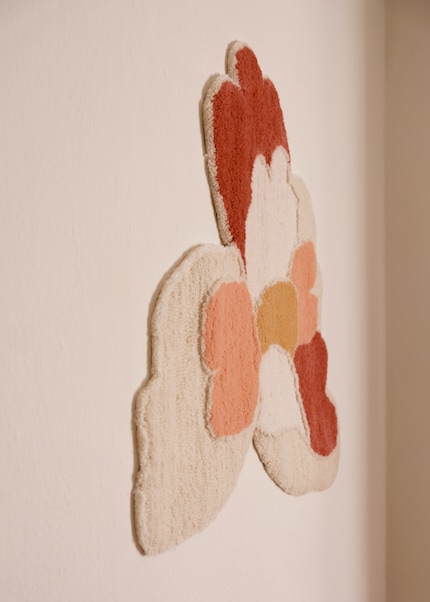
Like a cheerleader, I love celebrating good design and bringing you closer to everything furniture- and interior design- related. I regularly curate simple yet sophisticated interior ideas, report on trends and interview creative minds about their work.
Practical solutions for everyday problems with technology, household hacks and much more.
Show all